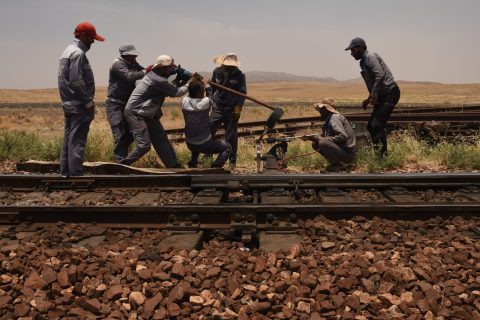China and Hungary join forces to develop a new logistics center

A new China-Europe logistic and trade exchange center, spanning 100,000 square meters, is set to arrive in Budapest. Koeman, owned by China’s Tonglinada logistic supply chain company, will develop the project on land leased from Nonfungo, a Hungarian firm. The parties signed a land grant contract towards this end on Monday 17 April.
The center will be located in Pest County, an area surrounding Budapest. According to Chinese media reports, the project will receive over 30 million US dollars in investments. It aims to build a logistic center that will provide functions such as warehousing, distribution, consolidation, bundling and re-export trade.
The project has received support from Hubei (Wuhan) and Heilongjiang provinces in China, as well as Pest County in Hungary. The first phase of the project will involve constructing the main warehouse structure, supporting facilities, and railway lines. It is planned to be operational at the beginning of 2024, facilitating the storage and transportation of over four million tons of goods per year. This new logistic center could further strengthen Budapest’s function as a rail freight hub on the New Silk Road.
Budapest and its potential
As a rail freight center, Budapest shows its advantages. It has good infrastructure, good connections and there are a lot of industrial companies settled here, a lot of them from China. However, that is not to say that the city does not know of any challenges. The popularity of the city also has its consequences, namely the heavily congested network. This congestion is not to be resolved until the freight-only V0 railway line is constructed.
Chinese operator Andy Luo from Dimerco explained the reason behind such popularity. “The transit time of this route is about seven days faster than the traditional route via Malaszewicze; at fastest, Budapest can be reached within fourteen days. In addition, Budapest has a complete railway distribution network. After the goods arrive in Budapest, they can be delivered to Bucharest/Constanza, the port of Koper, Duisburg and Hamburg within 2-3 days.”
Budapest has its potential, and the new China-Europe logistics center could help expand that potential by directing traffic and ultimately, give shippers and forwarders some ease.





